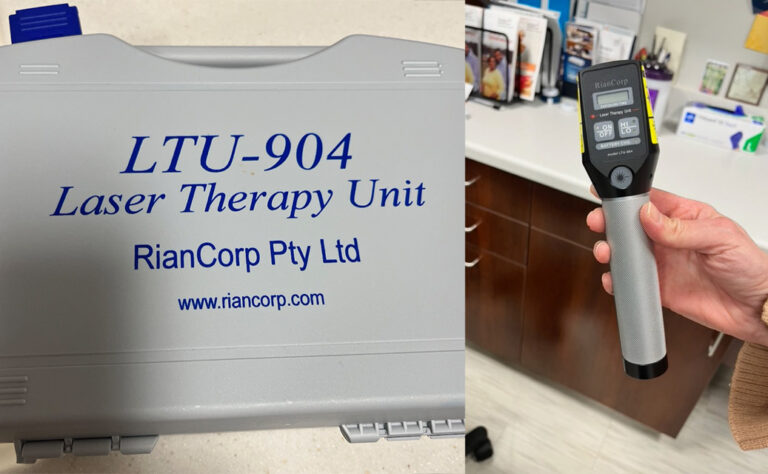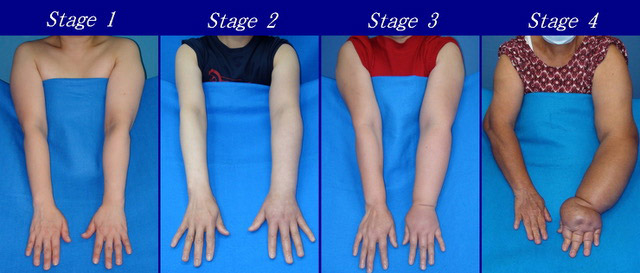
NEWSLETTER
April 2025
Welcome to the Maina Foundation Newsletter!
The Body System You Cannot Do Without
By Manju Soni
Hi Friends,
Spring has arrived, or has it? The recent cold spells made me wonder, but today is a balmy spring day, the sun is shining, and the birds are singing, which gives me hope.
Earlier this month, Maina Foundation donated funds to our local Backus Hospital to pay for laser technology that would help breast cancer patients during their recovery.

Here’s a short write-up from the hospital.
“Thanks to the Maina Foundation, post-mastectomy breast cancer patients who develop lymphedema - a painful swelling of tissue - will be able to receive cutting-edge low level laser treatments in both Norwich and Waterford.
To provide this service, each piece of laser equipment costs $3,000. The Maina Foundation covered the cost for both, bringing the technology and training to staff at Hartford Healthcare Rehabilitation Network office in Waterford and the Backus Outpatient Care Center in Norwich.
Linda Hodgkins, manager of the Lymphedema Clinical Program for the Hartford HealthCare Rehabilitation Network, has been advocating for this technology for years. She said breast cancer surgery and treatment can have a devastating effect on the body’s lymph system, especially when nodes are removed as part of treatment. Those changes can result in the backup of fluid, leading to lymphedema in the arms, hands, fingers, chest and back.
Typical treatment of lymphedema is called complete decongestive therapy (CDT), which includes massage, bandaging, exercise and skin care. Adding the laser treatment to the mix increases the success of reducing hardened scar tissue and getting the fluid to better flow through the body - it makes the CDT more effective.
Tiffany J. Rindell, regional director of Rehabilitation for the East Region, noted that “By integrating this advanced technology, we can significantly expand our ability to address the specific needs of our patients with breast cancer, bringing effective and innovative care directly to those who need it most.”
‘Having generous donor support from the Maina Foundation makes adding top-tier treatment like this possible.’”
In early April, Maina Foundation founder and president, Alka Shrikhande, and board members David Schultz and Manju Soni, met with staff at the hospital to tour their state-of-the-art cancer management facility and to see the laser equipment Maina Foundations donation help fund.

What then is the lymphatic system?
In the 1980s, a new and deadly disease, that spread rapidly, became
apparent to the world. It came to prominence with five patients being
diagnosed with a rare pneumonia caused by a fungus called Pneumocystis
jirovecii. Soon after, a cluster of cases of a rare cancer, known as
Kaposi’s sarcoma, were diagnosed in a group of young men. When tested, it
became apparent these patients had somehow lost a major part of their
immune system.
Acquired immune deficiency syndrome, or AIDS, caused by the previously unknown human immunodeficiency virus (HIV), turned out to be a new disease that was, in its early days, almost 100 percent fatal, although now, with advanced drugs and awareness, the disease is much more manageable.
However, HIV disease brought the public’s attention on the importance of having a functional and healthy immune system.
The immune systemis the complex collection of cells and organs that destroys or neutralizes pathogens that would otherwise cause disease or death. The lymphatic system, is associated with the immune system to such a degree that the two systems are virtually indistinguishable.
The lymphatic system is the system of vessels, cells, and organs that carries excess fluids to the bloodstream and filters pathogens and toxins from the blood. The swelling of lymph nodes during an infection and the transport of lymphocytes via the lymphatic vessels are but two examples of the many connections between these critical organ systems.
What does the lymphatic system do?
The heart pumps blood all over the body through the circulatory system,
initially through large arteries such as the aorta, and then through
smaller and smaller blood vessels until it reaches the tiniest of blood
vessels called capillaries.
Fluid, transporting oxygen, and vital nutrients, then leaves the capillaries, and enters the interstitial space around cells. Most of this filtrate makes its way back to the blood vessels directly, however, about three liters of the excess fluid is drained into the lymphatic system, and emptied back into the bloodstream via a series of vessels, trunks, and ducts.
Lymph is the term used to describe this fluid once it has entered the lymphatic system.
But drainage is only a small part of the lymphatic system’s job. The lymphatic system includes lymph vessels, and the lymphoid organs, which are the thymus (a small organ located in the chest behind the sternum), the bone marrow, the spleen, and lymph nodes (thousands of tiny bean-shaped structures that are like armed guards stationed at entryways into the body. They play a crucial role in protecting the body by detecting and eliminating infections, abnormal cells, and cancer cells).

Thus, in addition to serving as a drainage network, the lymphatic system protects the body by being the major sites of production, of two types of lymphocytes—the T cells and B cells. Although lymphocytes are distributed throughout the body, it is within the lymphatic system that they are most likely to encounter foreign microorganisms.
What happens when the lymphatic system is damaged?
When the lymphatic system is damaged in some way, such as by being blocked by cancer cells or destroyed by injury, protein-rich interstitial fluid accumulates (sometimes “backs up” from the lymph vessels) into the tissue spaces. This inappropriate accumulation of fluid, referred to as lymphedema, may lead to serious medical consequences.

Lymphedema in breast cancer:
Lymphedema is a condition characterized by swelling due to a buildup of
lymph fluid, often occurring after breast cancer treatment, particularly if
lymph nodes are removed or damaged during surgery or radiation.
The swelling may vary from being slight to fairly prominent. Even if the change is small, it can be upsetting for the patient.
Management of lymphedema in breast cancer:
A major difference between the lymphatic and cardiovascular systems in
humans, is that lymph is not actively pumped by the heart, but is forced
through the vessels by the movements of the body, the contraction of
skeletal muscles during body movements, and breathing.
Thus, there is no magical/ instant way to reduce lymphedema in breast cancer. But standard lymphedema treatments aim to decrease swelling and infection through a combination of:
- Skin and nail care
- Compression bandages or sleeves (these apply pressure around the arm and help push lymph fluid out of the arm)
- Exercises (closing and opening a fist, for example)
- Manual lymphatic drainage (a special type of massage)
- Physical therapy, which includes laser therapy
While it cannot be cured, early treatment can help manage symptoms and improve quality of life.
This is where the equipment donated by Maina Foundation to Backus Hospital may be helpful. The laser rays break down the accumulated fluid and help move the blocked lymph along.
Thank you Backus Hospital staff for your dedication to cancer patients.
And to our Maina Foundation newsletter readers, thank you for reading and your valuable support! Please consider forwarding this newsletter to anyone who may benefit from this information.
Manju Soni (she/her) (pen name: M. J. Soni) is a former eye surgeon turned author. She is the author of Defying Apartheid, her debut nonfiction book that captures her experiences of being a young activist against apartheid. Her short fiction and essays has appeared in Ellery Queen Mystery Magazine, Akashic Books, Apeiron Review and The Establishment. She’s a member of Crime Writers of Color and Sisters in Crime (National and Connecticut).
https://manjusoni.com
We thank you for your continued support!
For more information on Maina Foundation, and to help its mission, go to https://mainafoundation.org or contact us at 860-434-3985 or info@mainafoundation.org
SAVE A LIFE - DONATE NOW
Donations can also be mailed to:
8 Peppermint Ridge, Old Lyme, CT 06371, USA

